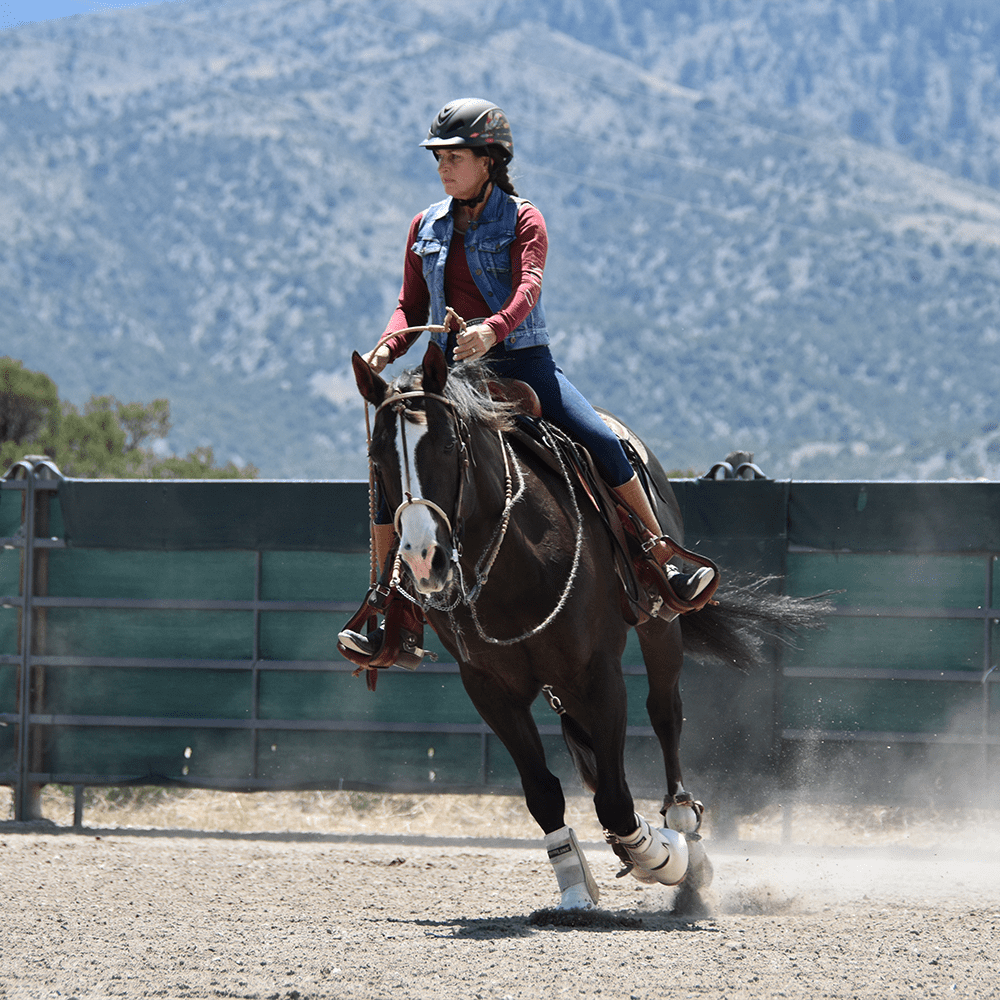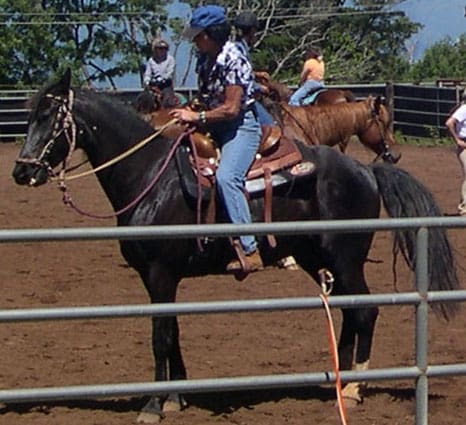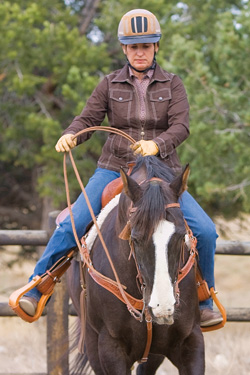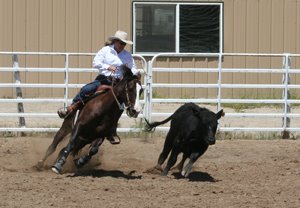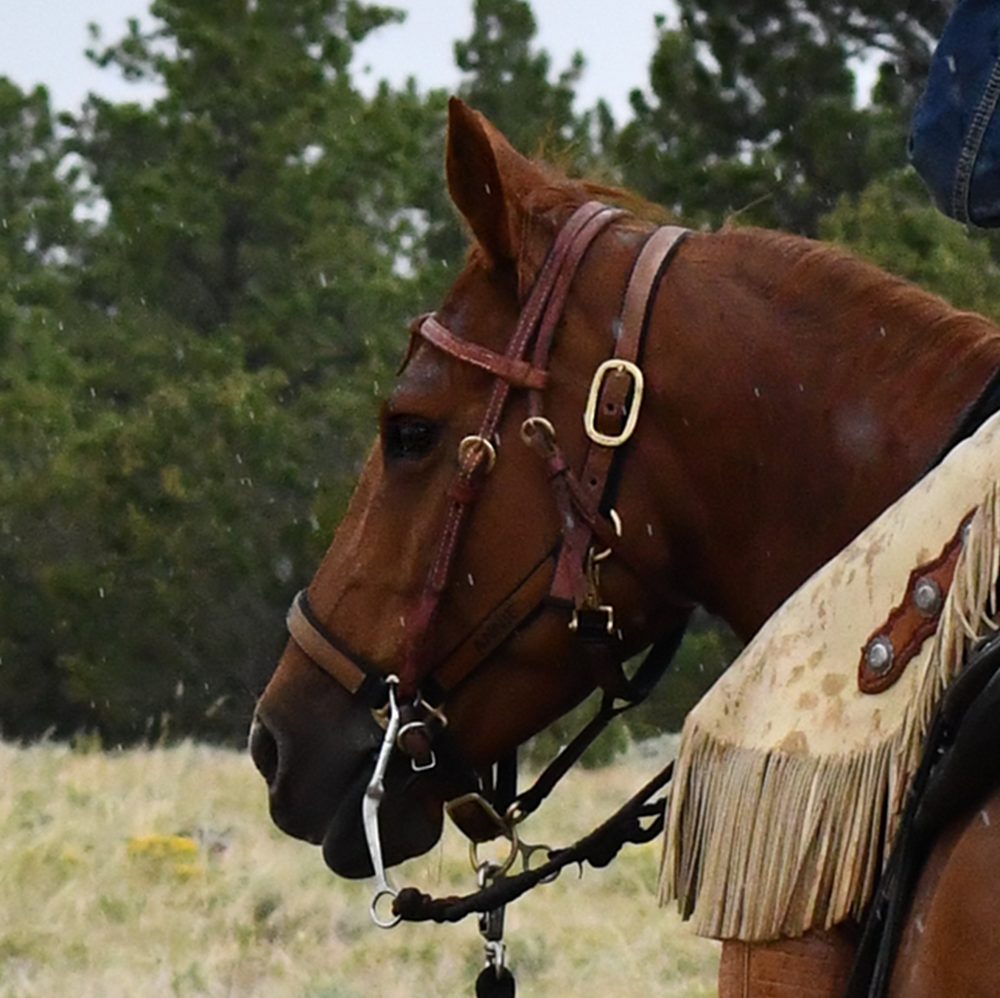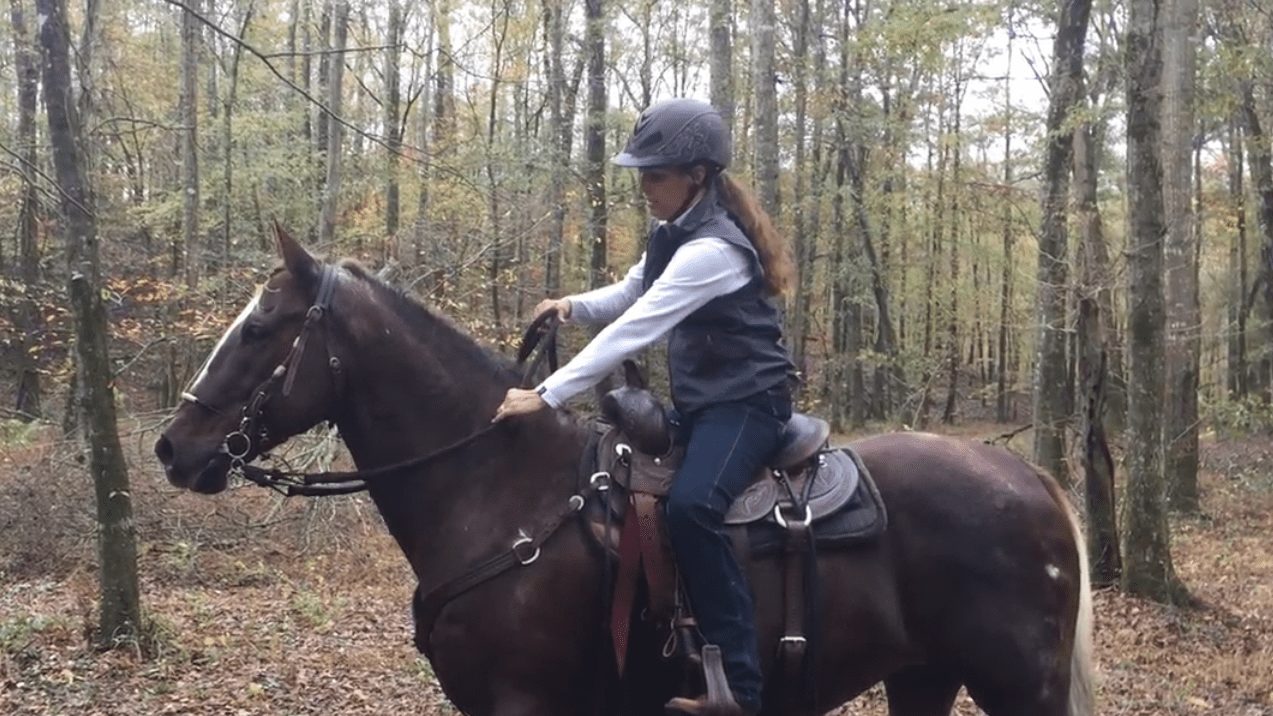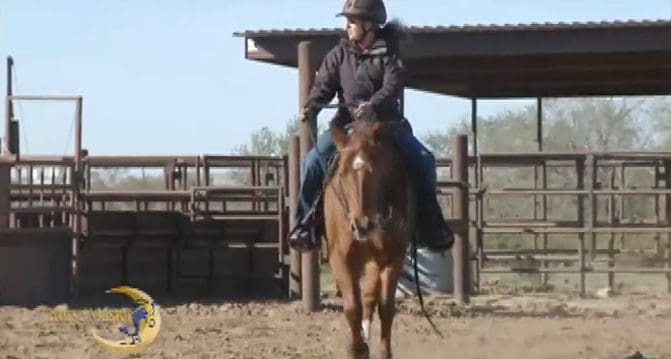Dominated Horse
…point in the direction you want your horse to turn, not pulling back on the reins, but to the side and up with the inside hand. (see articles on equitation and rein aids in my Training Library). Your hands would be applying the leading rein (inside) and the neck rein…

